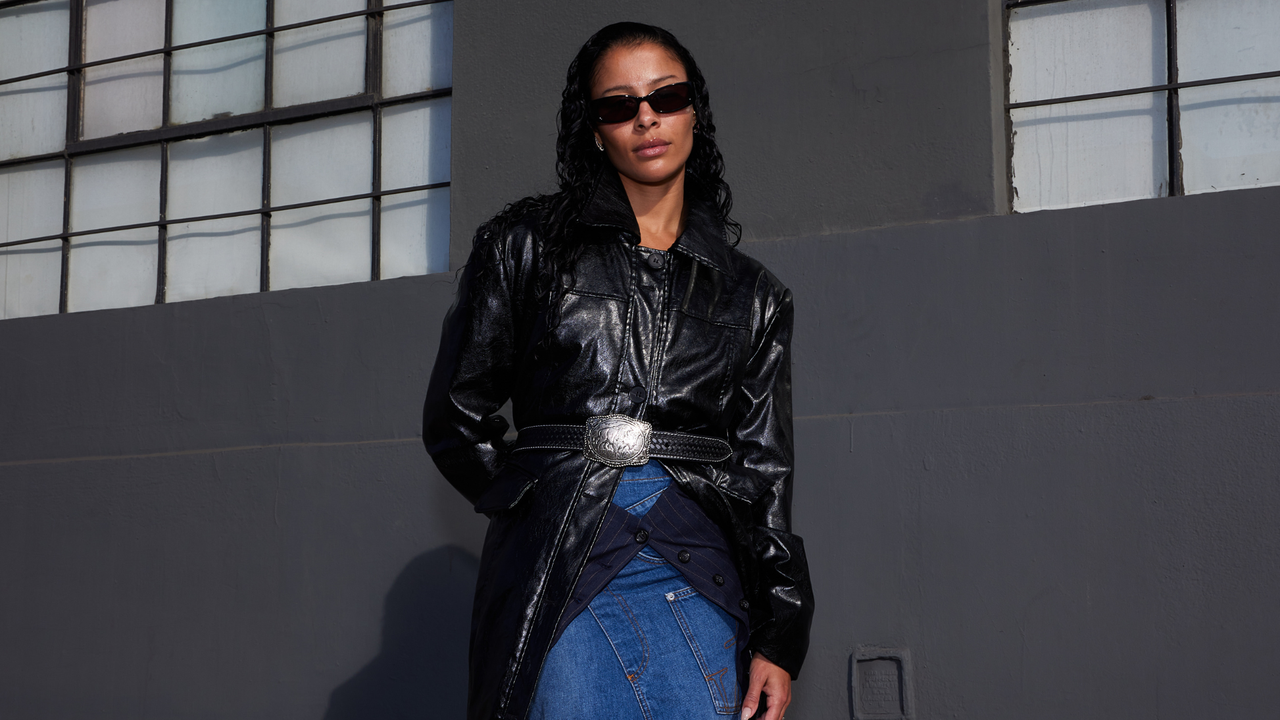Tech
Apple Reportedly Is Considering an iPhone-Powered Vision Device

Apple is reportedly considering a lower-budget version of its $3,500 Vision Pro mixed-reality headset that would shift the computing power to the iPhone, as well as developing lower-cost versions with scaled-down technologies, including a less advanced chip, as part of an effort to broaden the device’s appeal.
“I … continue to hear that Apple is seriously considering a device that offloads the computing components to an iPhone and serves as an accessory for watching movies,” Bloomberg’s Mark Gurman wrote in his Power On newsletter on Sunday. “That’s something that would be roughly akin to the glasses offered by companies like Xreal.”
Unlike the bulky Vision Pro headset, Xreal’s Beam Pro and Air Pro devices resemble regular eyeglasses with a thick frame. That kind of design has had tech companies experimenting for a while now. In September, for instance, Meta showed off its Orion AR glasses, and it’s on the second generation of its Ray-Ban smart glasses. Snap continues to update its AR-focused Spectacles.
While the Vision Pro has won praise for its capabilities, widespread consumer appeal has been lacking. In an interview with The Wall Street Journal in October, CEO Tim Cook acknowledged that reality: “At $3,500, it’s not a mass-market product. Right now, it’s an early-adopter product.”
Meta’s new Quest 3S headset, by contrast, costs $300 and the Quest 3 is $500.
New designs for Apple’s Vision lineup could help the company find new customers looking for a lower price tag or a lighter, sleeker wearable for their face. Having an option tied to the iPhone would also help keep Apple’s phone at the center of its ecosystem.
Apple didn’t immediately respond to a request for comment for this story.
Analyst Ming-Chi Kuo said in a tweet on Sunday that the production of a lower-cost Vision model appears to be “delayed beyond 2027.” He added that the only new head-mounted display device from Apple next year will be one with an upgraded M5 processor.
“I think what really drove Apple to delay the cheaper Vision Pro is that simply reducing the price wouldn’t help create successful use cases,” Kuo wrote. “It’s similar to the HomePod situation — even after launching the cheaper HomePod mini, Apple’s smart speakers failed to become mainstream products.”
Last month, Bloomberg also reported Apple is planning to launch smart glasses to rival Meta’s Ray-Ban models. The intention is to pour some of the billion-dollar R&D investment from the Vision Pro’s visual intelligence into more products into something else with greater mainstream appeal.







